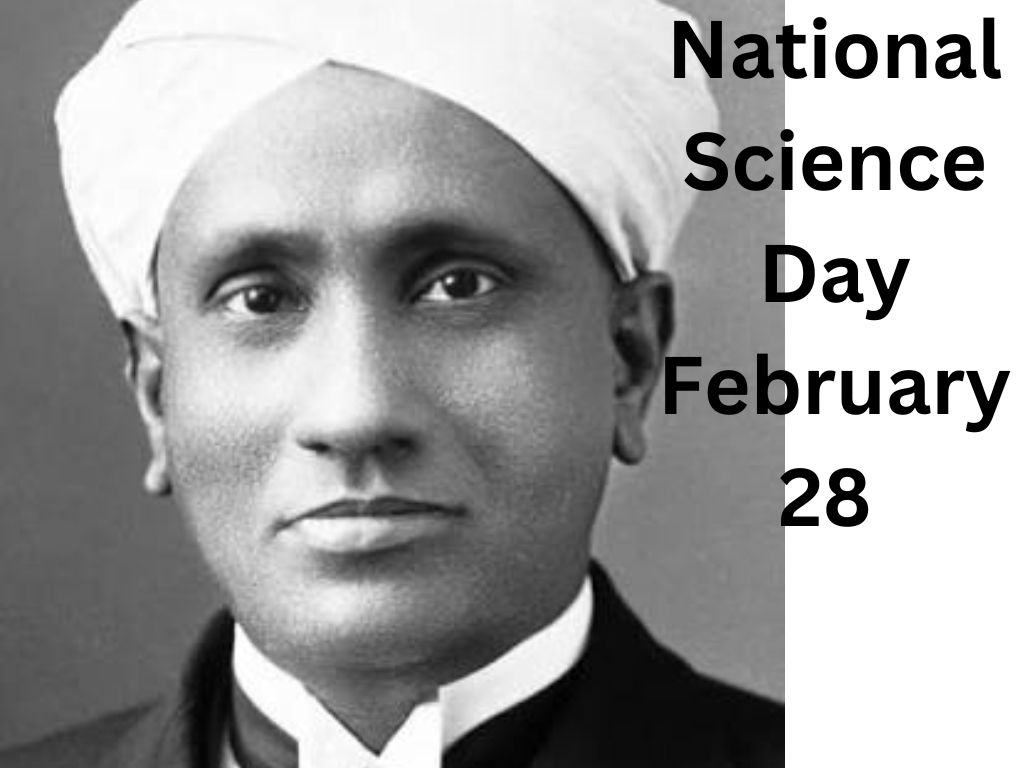National Science Day February 28
CV Raman, also known as Sir Chandrasekhara Venkata Raman, was an Indian renowned physicist whose work was influential in the development of science in India. Raman received the Nobel Prize in Physics in 1930 for his discovery that when light passes through a transparent material, some of the deflected light is converted to wavelength. This phenomenon is now called Raman scattering (Raman effect) and is a consequence of the Raman effect according to Britannica.
CV Raman’s Education
After obtaining a master’s degree in physics from Presidency College, University of Madras in British-era India in 1907, Raman joined the Finance Department of the then Government of India. He was appointed Professor of Physics (in 1917) at the University of Calcutta. In 1928, he found that when a transparent material is irradiated by a light beam of one frequency, a small amount of light emerges at right angles to the initial direction, and some of this light has frequencies other than the incident light. Are.
When Raman became ‘Sir’
Reports state that Raman was knighted in 1929 and in 1933 he became the director of the Department of Physics at the Indian Institute of Science in Bangalore.
In 1947, he was appointed director of the Raman Research Institute, and in 1961, he was elected to the Pontifical Academy of Science. During his tenure, he helped set up practically every Indian research institute, founded the Indian Journal of Physics and the Indian Academy of Sciences, and trained hundreds of students who went on to pursue colleges and government jobs in India and Myanmar (Burma). went on to hold key positions.
He was the uncle of Subrahmanyan Chandrasekhar, who shared the 1983 Nobel Prize in Physics with William Fowler.
Science Day was celebrated after him
National Science Day is celebrated every year on 28 February to commemorate his discovery of the ‘Raman Effect’. Every year, it is celebrated to remember the importance of science and its impact on the lives of mankind. National Science Day is widely celebrated not only by Indians but also by people from other countries. In 2013, Google made a doodle of C.V. Raman celebrating his 125th birthday.
National Science Day aims to inspire and urge children to pursue a career in science. Dr. CV Raman was a famous scientist who was born on November 7, 1888, in Tamil Nadu and made many contributions to the field of science. “Global Science for Global Wellness” is the theme of National Science Day 2023. The theme reflects the country’s rising global status and rising international exposure.
Interesting facts to know
According to a report by CV RNB Global University, Raman was the first Asian and non-white person to receive the Nobel Prize in Science.
During a trip to Europe in 1921, Raman observed the blue color of glaciers and the Mediterranean Sea. He was determined to find out why the sky was blue. Raman returned to India and conducted several experiments on the dispersion of light by transparent slabs of water and ice. Based on the findings, he established a scientific explanation for the blue color of seawater and the sky.
Advertisement
Many people are unaware that Raman had a colleague in this experiment. Due to professional disputes, Raman’s colleague K.S. Krishnan did not share the Nobel Prize. Nevertheless, in his Nobel acceptance speech, Raman emphasized Krishnan’s contribution.
The ‘Raman effect’ is considered to be particularly important in determining the molecular structure of chemical compounds. After a decade of searching, the structures of nearly 2000 compounds have been investigated. Thanks to the invention of the laser, the ‘Raman Effect’ has proved to be a very beneficial tool for scientists.
The report states that it is surprising that Raman made this discovery with only Rs 200 equipment.

